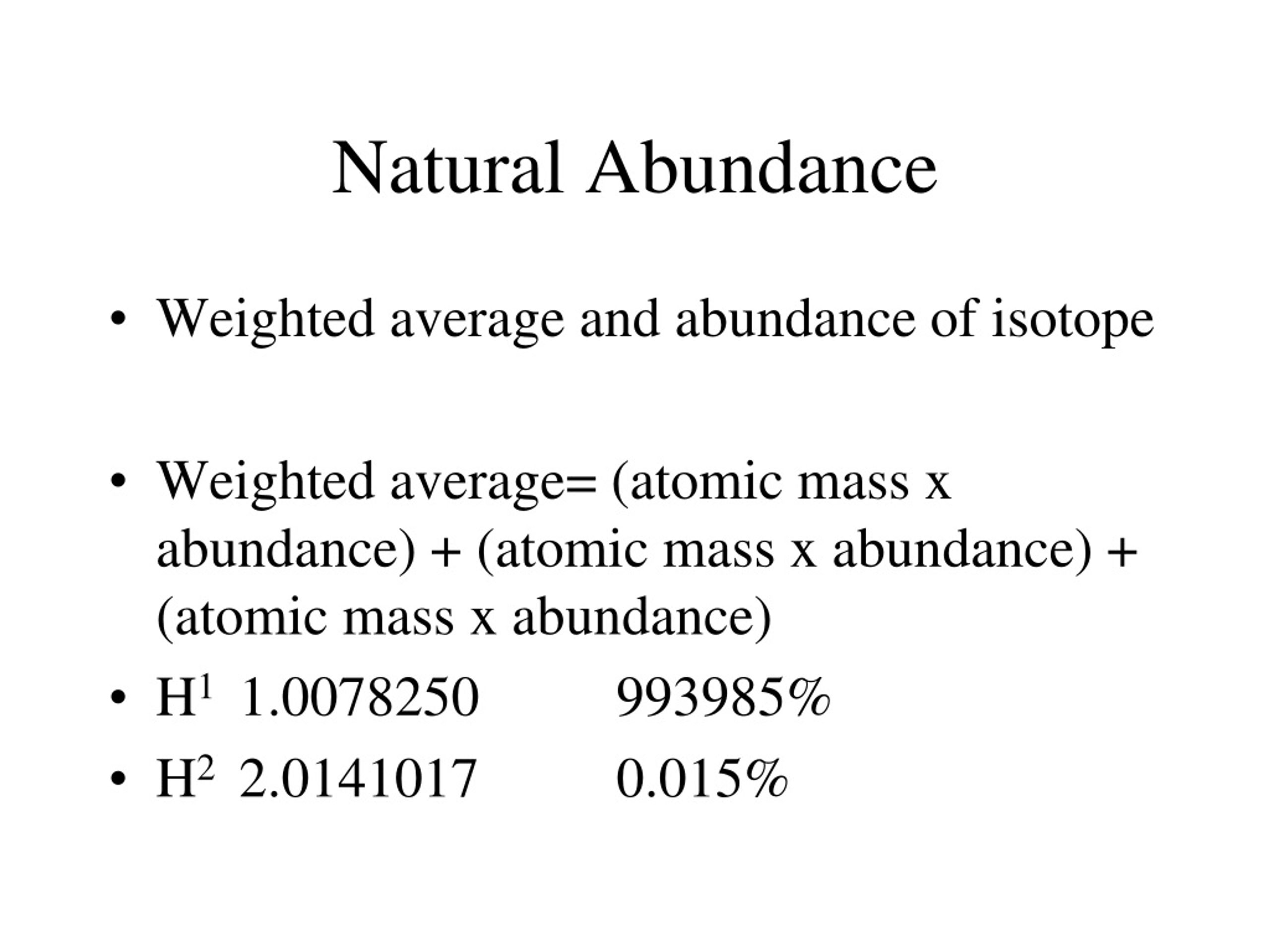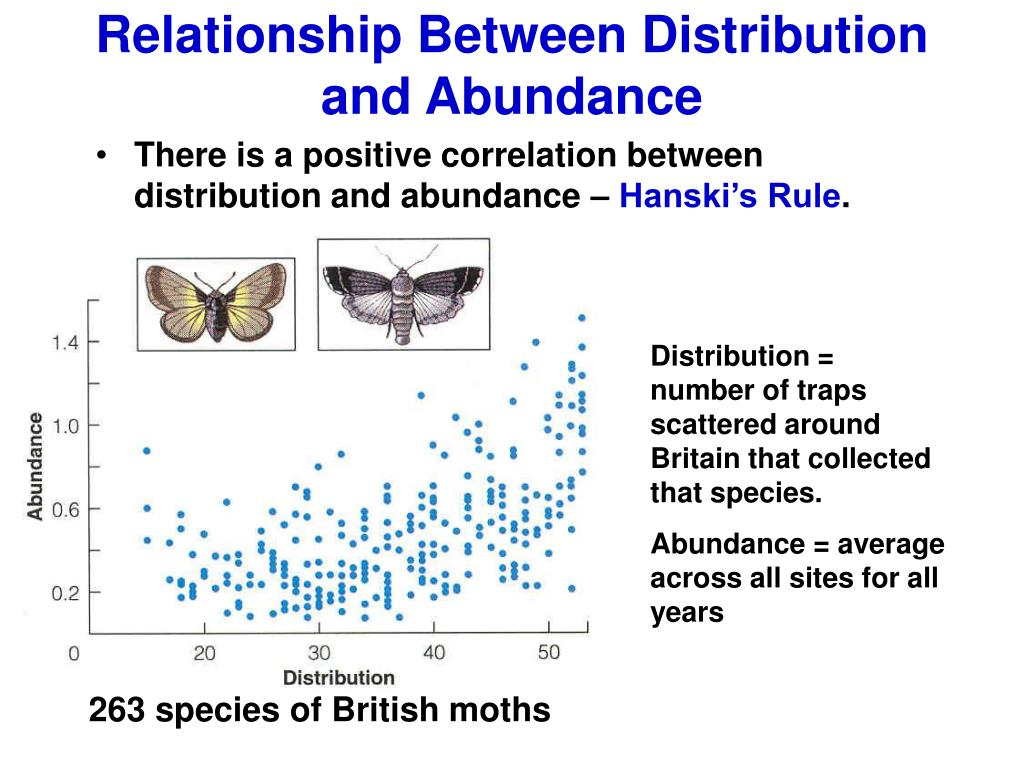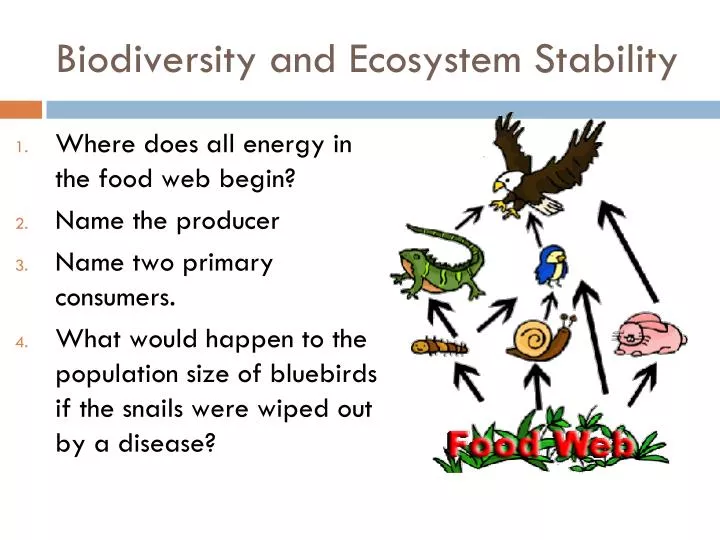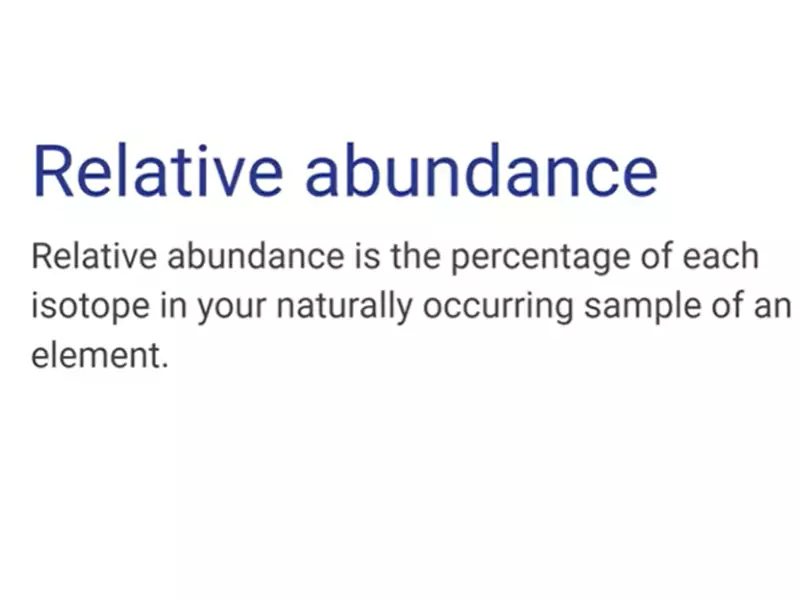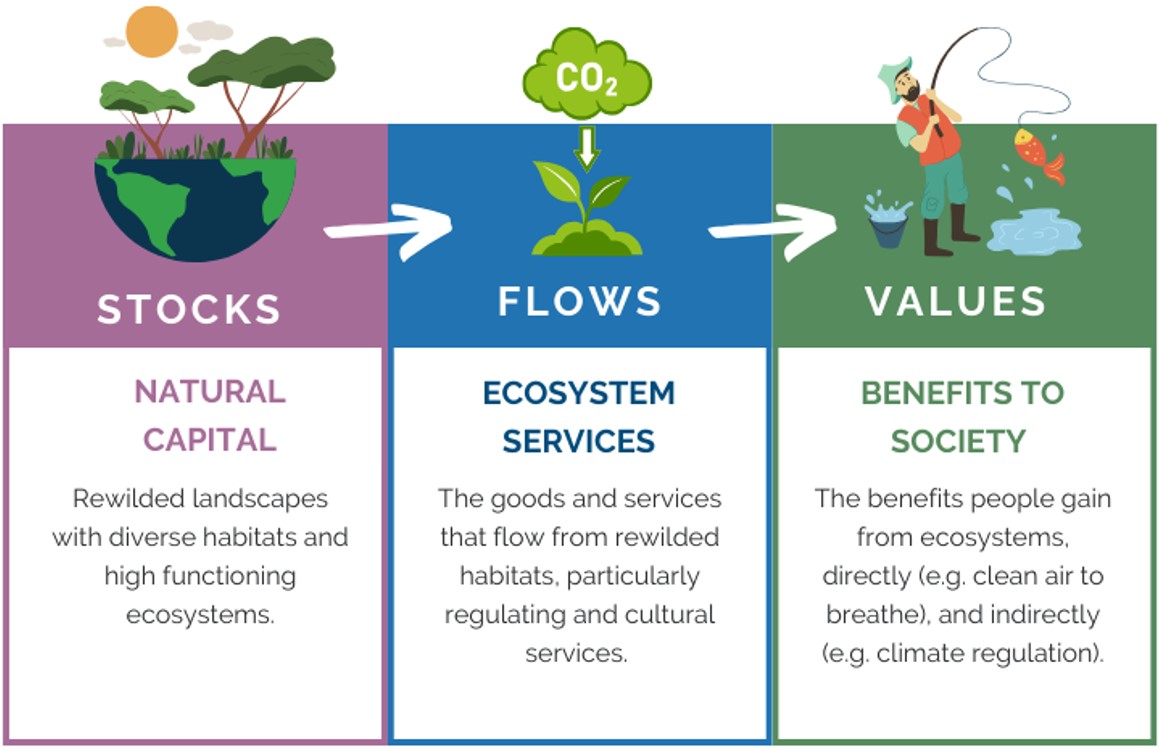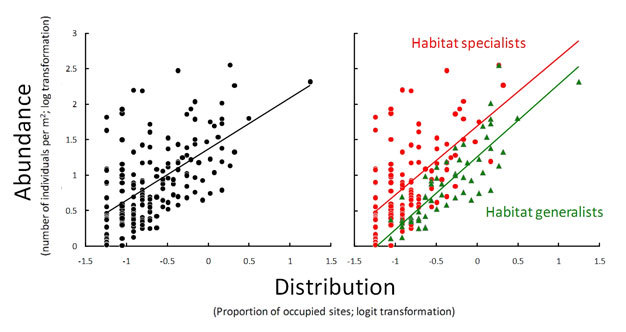What Is The Relationship Between Natural Abundance And Stability
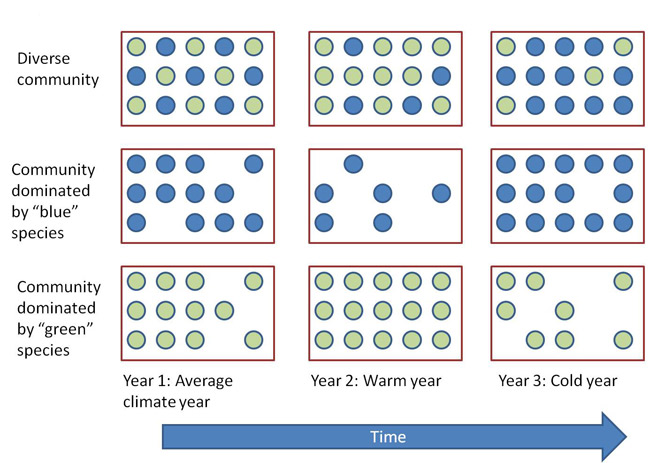
Imagine a lush, ancient forest, sunlight dappling through a canopy teeming with life. Towering trees stand shoulder-to-shoulder with delicate ferns, a symphony of chirps and rustling leaves filling the air. Beneath the surface, a complex web of roots connects everything, a silent exchange of nutrients ensuring the forest's enduring health.
This vibrant scene hints at a profound relationship: the connection between natural abundance and ecological stability. In essence, the more diverse and plentiful a natural system is, the more resilient it becomes to disturbances. This article will delve into this intricate link, exploring how a wealth of species and resources contributes to the overall health and longevity of our planet's ecosystems.
The Foundation: Defining Abundance and Stability
Natural abundance refers to the quantity of organisms or resources in a particular area. This includes the number of species (biodiversity), the population size of each species, and the availability of resources like water, nutrients, and sunlight. It's not just about raw numbers, but also the evenness of distribution.
Ecological stability, on the other hand, describes an ecosystem's ability to resist change or recover quickly from disturbances. A stable ecosystem can withstand shocks like droughts, floods, invasive species, or disease outbreaks without undergoing drastic shifts in structure or function.
The relationship between these two concepts is not always straightforward, but a general principle holds true: increased natural abundance often leads to greater ecological stability. A more diverse and plentiful system has more tools at its disposal to weather the storms.
The Mechanisms at Play: How Abundance Drives Stability
Several key mechanisms explain the connection between natural abundance and stability. One of the most important is the concept of functional redundancy. This means that multiple species within an ecosystem perform similar roles.
If one species is lost due to a disturbance, others can step in to fill the void, maintaining the ecosystem's essential functions. Think of a forest with several species of pollinating insects. If one species declines due to pesticide use, the others can compensate, ensuring that plants continue to reproduce.
Complex food webs also contribute to stability. A diverse ecosystem boasts a web of interconnected species, with predators feeding on multiple prey and prey having multiple predators. This intricate network buffers against the impact of losing a single species.
If a particular prey species declines, the predator can switch to another food source, preventing a cascading effect that could destabilize the entire ecosystem. According to a 2005 report by the Millennium Ecosystem Assessment, "Biodiversity loss is likely to have significant impacts on ecosystem functioning and the stability of ecosystem services."
Furthermore, abundant ecosystems are often more resistant to invasive species. A healthy, thriving native community leaves fewer niches for invaders to exploit. Native species are better equipped to compete for resources and defend against new threats.
A study published in the journal Nature in 2013 showed that plant communities with higher species richness were more resistant to invasion by exotic plants. This demonstrates the power of natural abundance in maintaining ecological integrity.
The Impact of Human Activities: Threatening Abundance, Undermining Stability
Unfortunately, human activities are increasingly threatening natural abundance worldwide. Habitat destruction, pollution, overexploitation of resources, and climate change are all contributing to biodiversity loss and ecosystem degradation.
Deforestation, for example, not only reduces the number of trees but also eliminates habitat for countless other species, disrupting food webs and increasing the risk of soil erosion. Industrial pollution contaminates water sources, harming aquatic life and reducing the availability of clean drinking water for humans.
Overfishing depletes fish populations, disrupting marine ecosystems and affecting the livelihoods of communities that depend on them. Climate change is altering temperature and precipitation patterns, forcing species to migrate or face extinction, and increasing the frequency of extreme weather events.
The consequences of these actions are far-reaching. As natural abundance declines, ecosystems become more vulnerable to disturbances. Ecosystem services, such as pollination, water purification, and carbon sequestration, are compromised, impacting human well-being and economic stability.
The IPBES (Intergovernmental Science-Policy Platform on Biodiversity and Ecosystem Services) report in 2019 warned that nature is declining at rates unprecedented in human history, and the rate of species extinctions is accelerating.
Restoring Abundance, Building Resilience
Fortunately, there are steps we can take to reverse these trends and restore natural abundance. Conservation efforts, such as protecting existing habitats and restoring degraded ecosystems, are essential. Sustainable resource management practices, such as responsible forestry and fishing, can help ensure that resources are used in a way that doesn't deplete them.
Reducing pollution and mitigating climate change are also crucial. This requires a shift towards cleaner energy sources, more sustainable transportation systems, and more efficient use of resources.
Community involvement is key to successful conservation efforts. Engaging local communities in conservation planning and implementation can help ensure that conservation efforts are effective and sustainable. Furthermore, promoting biodiversity-friendly practices in agriculture and urban planning can help create more resilient landscapes.
A 2021 study published in Science demonstrated that restoring degraded forests can significantly increase biodiversity and improve ecosystem services, highlighting the potential for restoration efforts to contribute to ecological stability.
Looking Ahead: A Call for Action
The relationship between natural abundance and stability is a cornerstone of a healthy planet. Protecting and restoring natural abundance is not just an environmental imperative; it's also essential for human well-being and economic prosperity.
By understanding the intricate connections within ecosystems and addressing the threats to biodiversity, we can create a more resilient and sustainable future for all. The challenge is to recognize that we are an integral part of these ecosystems, and our actions have profound consequences.
Investing in nature is investing in ourselves. Let's choose to embrace a future where natural abundance thrives, and ecosystems are resilient to the challenges ahead, ensuring a vibrant and healthy planet for generations to come.
